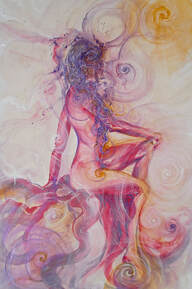|
In Dec 2016 it will have been 5 years since I went on a truly incredible trip to Egypt. I am posting this now as the organiser, Barbara Meicklejohn-Free, is doing another trip in February 2017. 12/12/12 - at dawn we find transport (thankful I had a horse as the camels misbehaved), 12 of us headed into the desert to view the pyramids. A once in a lifetime experience! Never boring! Typical sites in Egypt: camel trains, fishermen, wildlife, pet crocodiles in a Nubian's front living room and camels in a truck. There is always plenty to buy - trinkets, jewellery, rugs, high quality oils, spices, cotton products......or just relaxing on deck watching the banks of the Nile drift past.
Exploring the temples and sacred sites of Egypt requires long hours in transportation, walking and lots of climbing! Not for the faint of heart, we even crawled along narrow tunnels of lesser known pyramids (there are over 100 in Egypt alone), usually home to several bats. Frequently we were at temples as dawn broke, which generated some lovely photographs and meant it was quiet. Saw and photographed the infamous 'flower of life' drawing. Sadly it is very faint and in an inaccessible spot - in an archway over water - so it is a long distance shot. Diamond Grid - wonderful picture of rainbow diamonds in light pouring from behind the Sphinx, mirroring the pyramid behind.
0 Comments
For fun I am sharing a small selection of photographs taken on a fantastic trip to India Nov 2013, organised by Jazaro-Nur. In every image there is an example of sacred geometry, which is a vital feature of the Indian culture and everyday life that goes back many centuries.
GUSTAVE KLIMT was a pioneering symbolist artist of art nouveau whose style was controversial due to its erotic elements. Symbolism, including that of geometric shapes, was used extensively and overtly in his art. Never subtle, he used symbolism imaginatively in a way that generated criticism since he was so far ahead of the time period. Klimt is best known for the style of his later works, which includes the use of gold paint/leaf, abstract space in the art and exotic symbolism of the female figure. The Tree of Life (above), symbolic of the union of Heaven and Earth, is a well known Klimt masterpiece. This stunning painting is full of geometry in the patterning and in its underlying structure. The figure for 'Anticipation' (left hand side) has triangles directing you to look at her face, which itself is looking at a desired future of 'Fulfilment'. Symbolically triangles are associated with eyes and directed intent. The embracing figures of 'Fulfilment' (right hand side) are united in an oval. Note the yin/yang male/female faces and within the robes. There are interesting geometric patterns within the males robe, such as the square grid. Dynamic spirals of the 'Tree of Life's' branches unwinding enfold the two sides and also, like a labyrinth, tell the story of life as it progresses. Click here for a more analysis of the painting by Samui Art Gallery. Golden Adele Bloch Bauer is the most famous portrait by Klimt. You will note how the head, with eyes, is at the top of an underlying implied triangle in the structure. Eyes within vesica piscae, themselves within triangles, are in a pillar and the triangles point towards the top, head. An Eye in a triangle symbolises our mind frozen in a physical body; the eye of the expansive Mind looks out of the triangular window into a reality perceived by the 3-Eyes (two physical ones and the third inner eye). Spirals of manifestation surround her head, much like those of Buddha. In the background squares of the physical realm provide strength and stability.
The jewelled mandalas of Suzan DrummenThe gorgeous mandalas of artist Suzan Drummen are large installations that 'grow' across the floor, walls and over obstacles. Their 3-dimensional surfaces are like the tempting delights of a patisserie or jewellers! Mesmerising on the screen they must be wonderful to behold in reality. Like the works of Monir Shahroudy Farmanfarmaian they are made out of pieces of mirrors and glass, but also crystals, chromed metal, precious stones and optical glass. "A sensory experience, and visually stimulating, the glittering installations play with the architecture of the space — climbing up walls and sweeping across the surfaces — examining the idea of illusion and optical effects. When viewed from a distance or from above, the work looks organized and neat, but with close contact, visitors enjoy seeing the many intricate details resulting from the skilled craftsmanship that goes into each art piece. in much of her work, drummen places each glossy element loosely on the floor, making the artwork vulnerable and ephemeral." Design Boon
|
Archives
December 2023
Categories
All
|
Gateway to the Heavens Do you realise you actually shape your destiny and shapes influence your destiny. If you want to understand how this works ask Karen to give a talk about it or read her excellent book. You may have hated even the mention of geometry at school, but Karen's simple and illustrated explanations will give you a real insight into this fascinating topic. |
The Hidden Geometry of Life The attentive audience was enthralled by Karen's introduction to the principals of this truly multi-dimensional topic ... The energy in the room, by the end of the evening, was well and truly charged! |
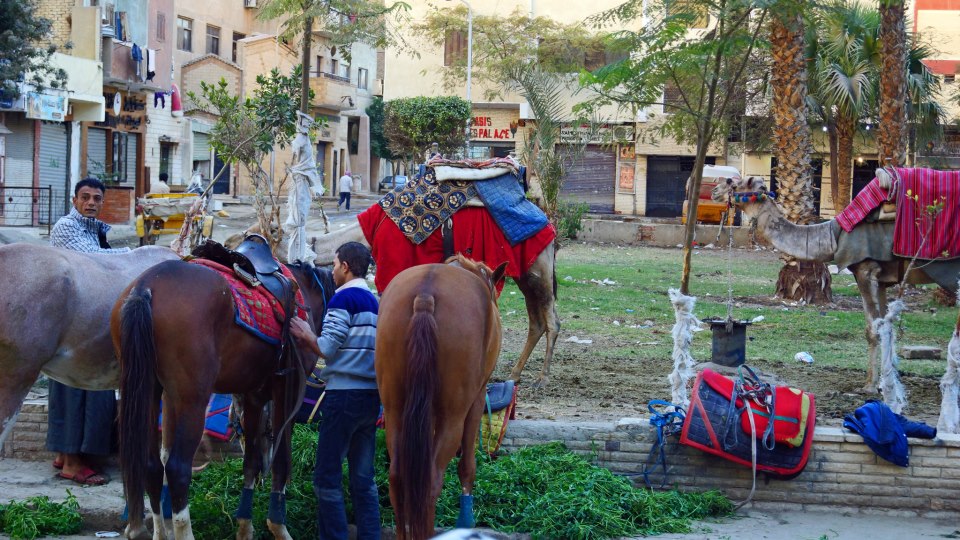
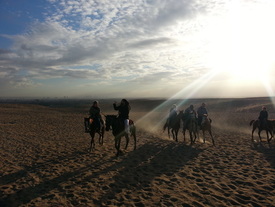
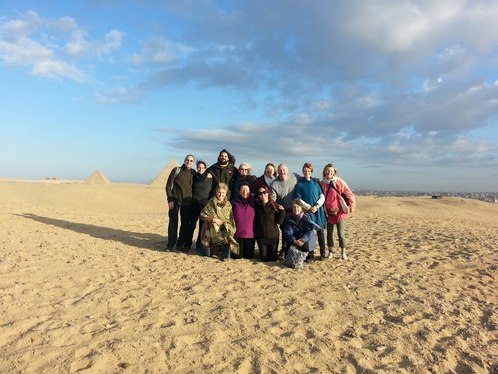



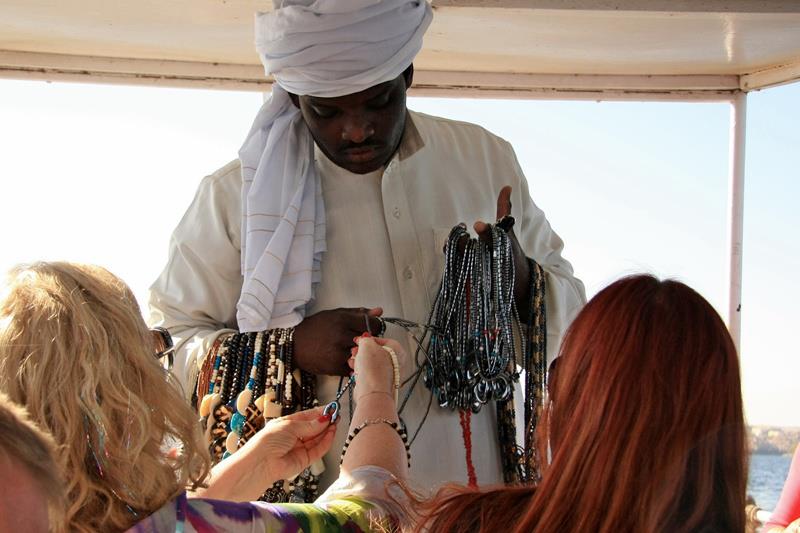
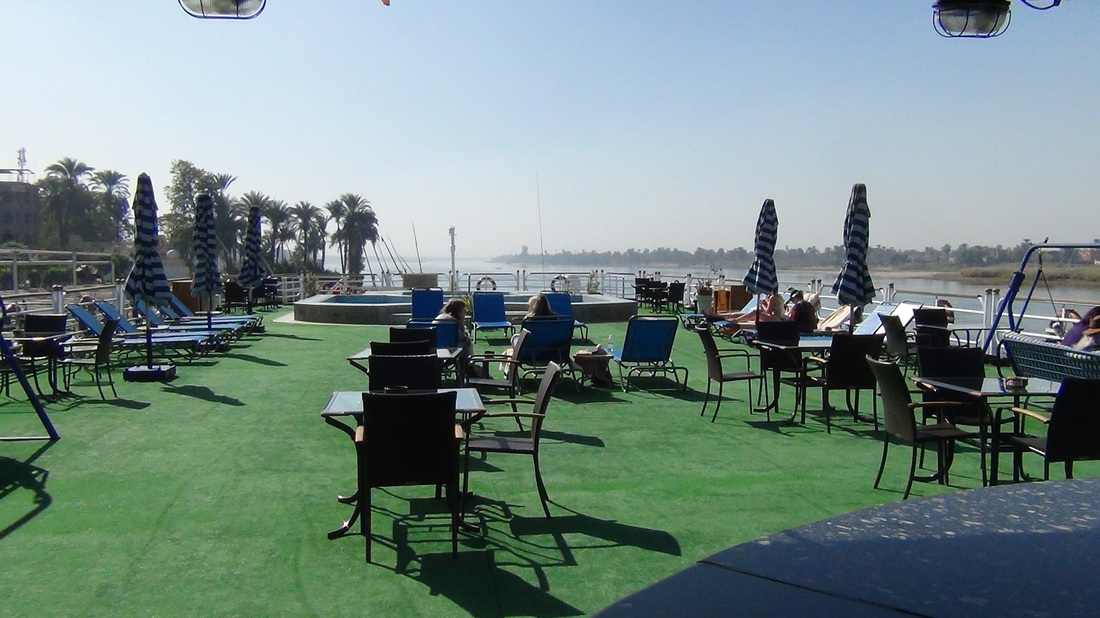
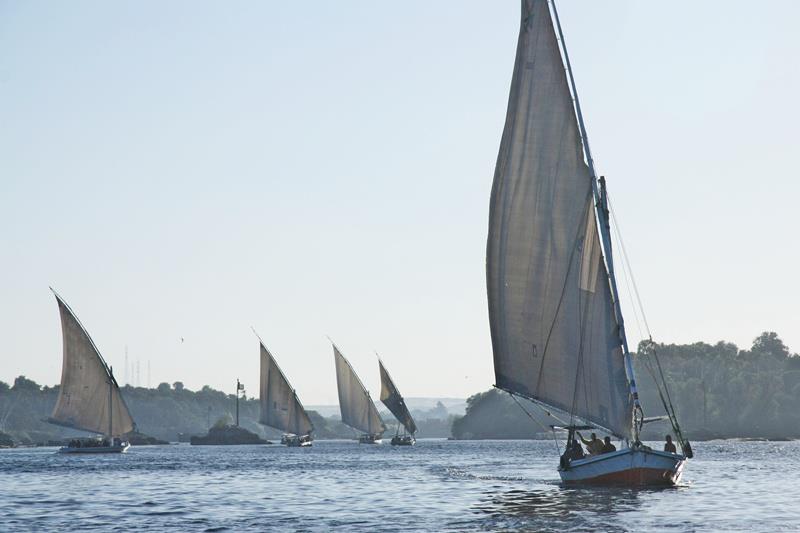



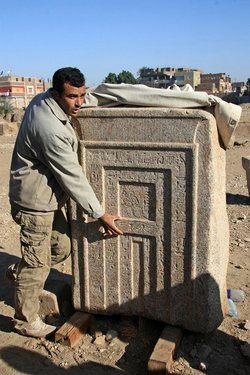

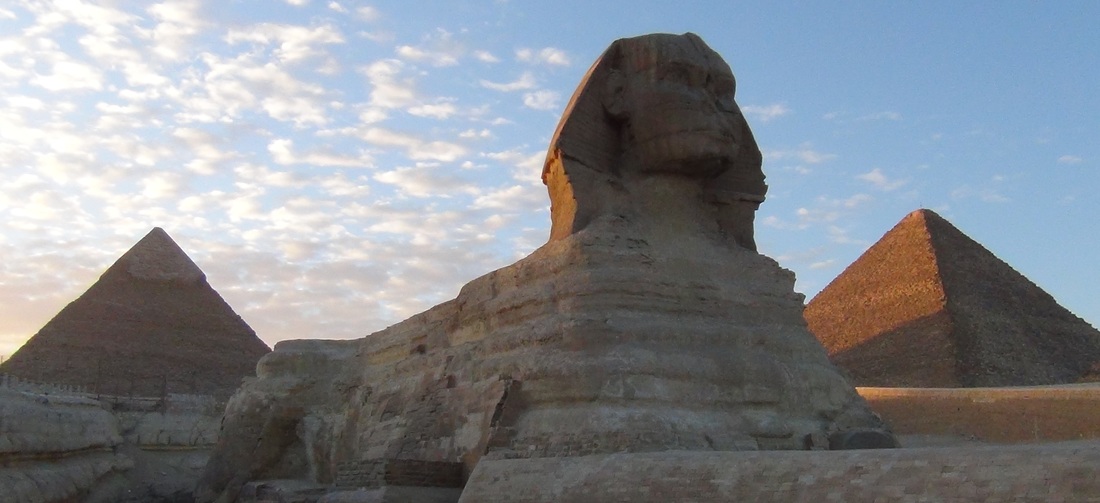
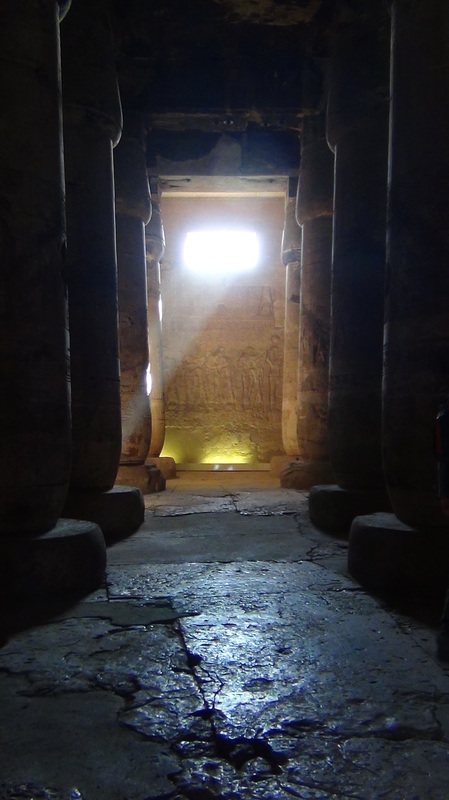
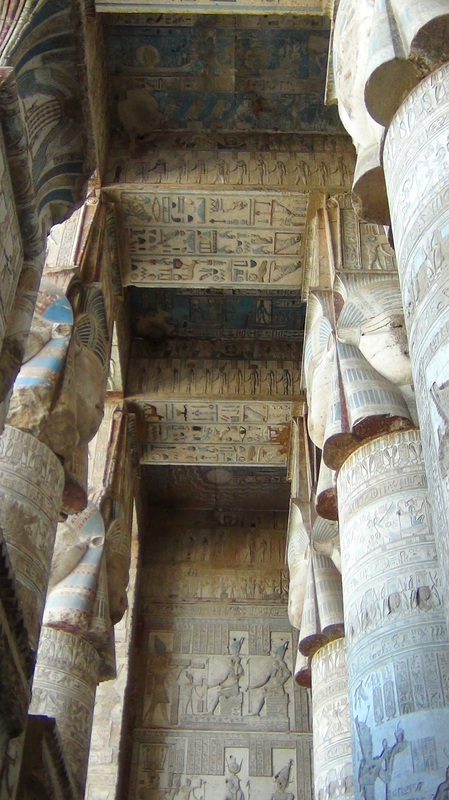
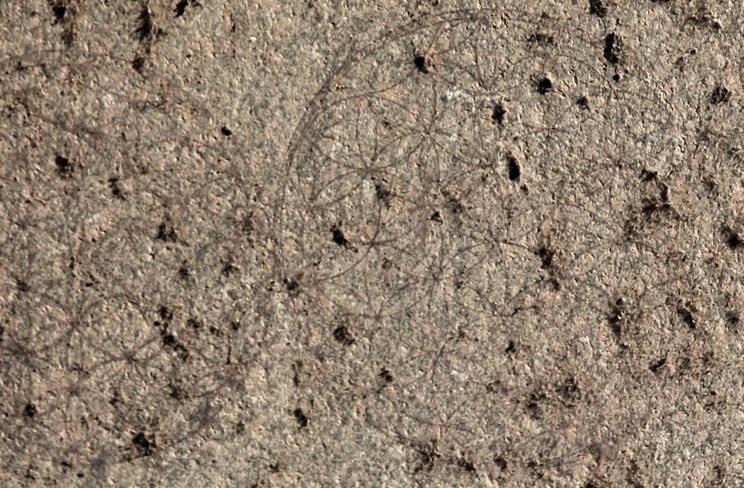
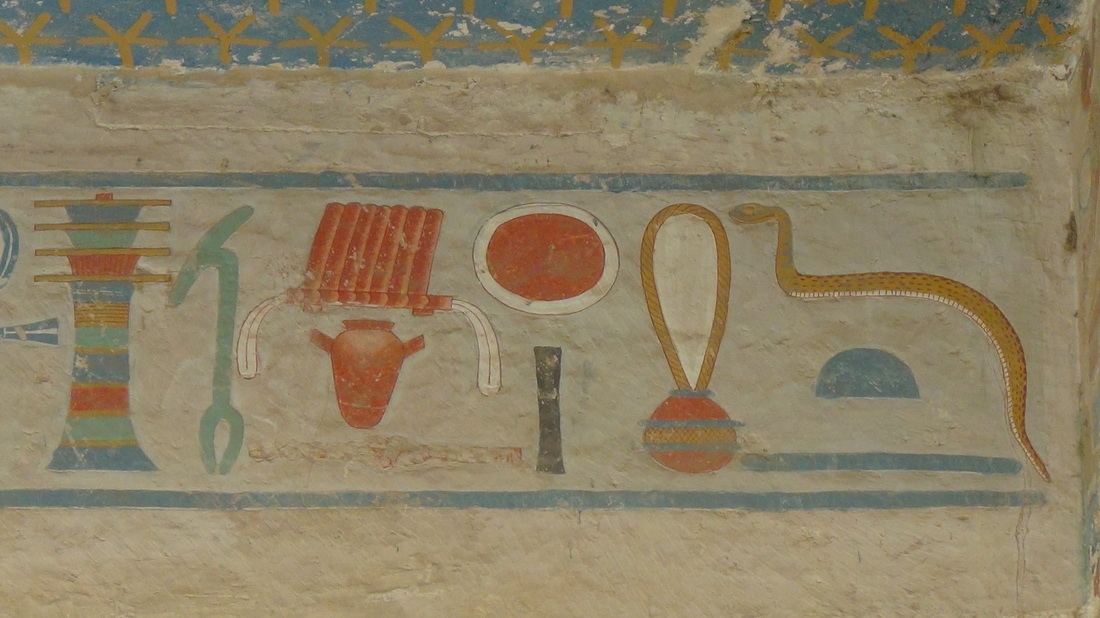
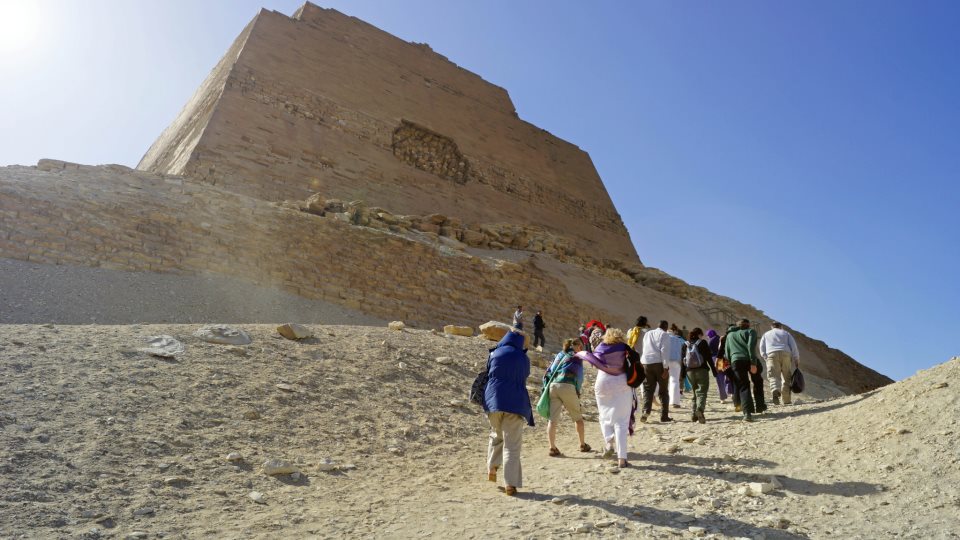
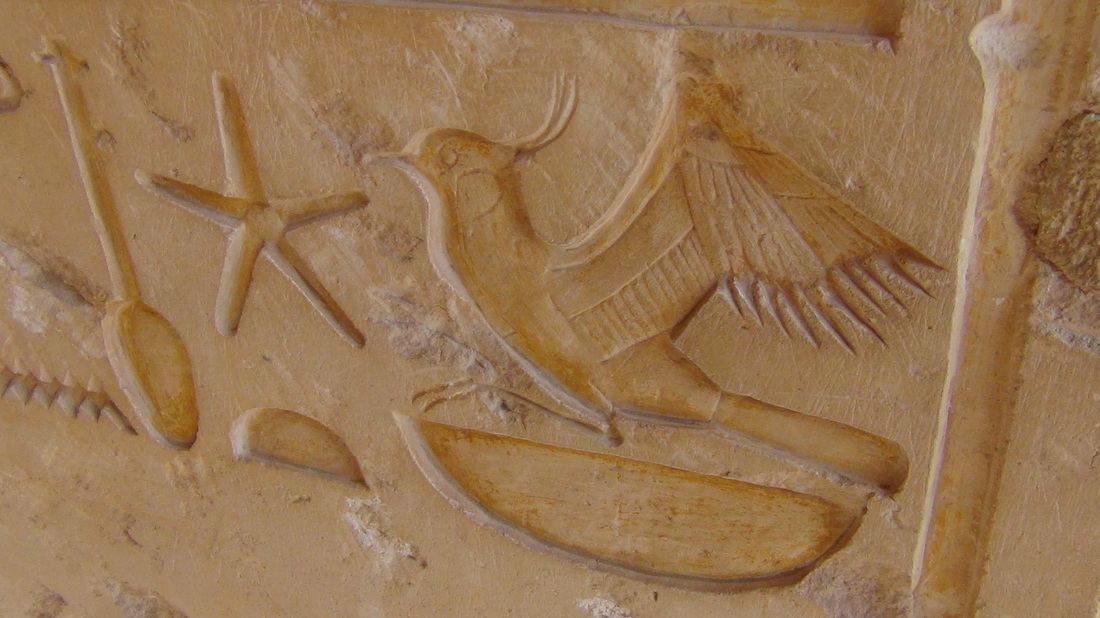
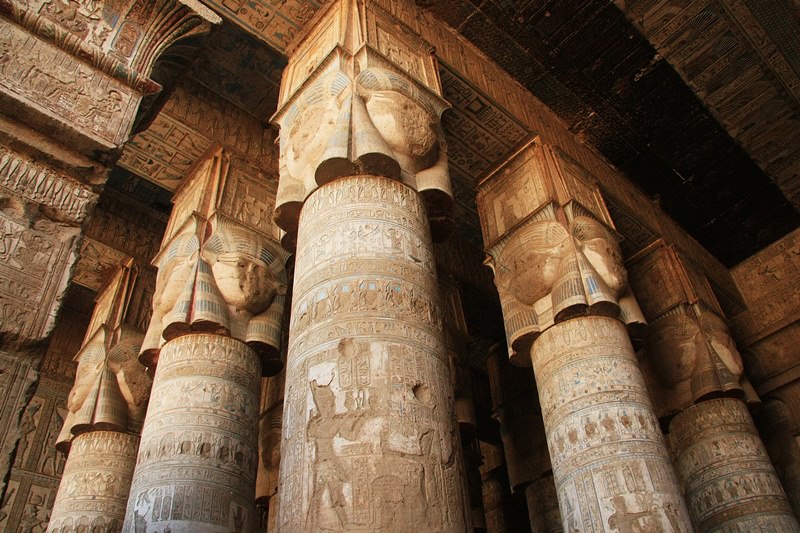
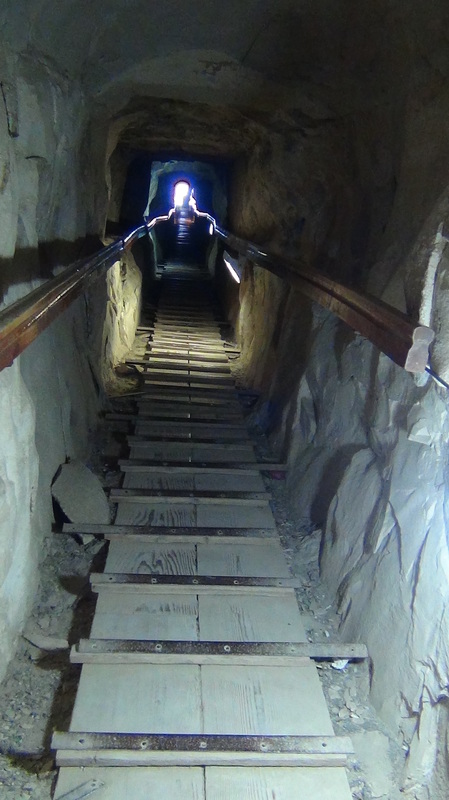
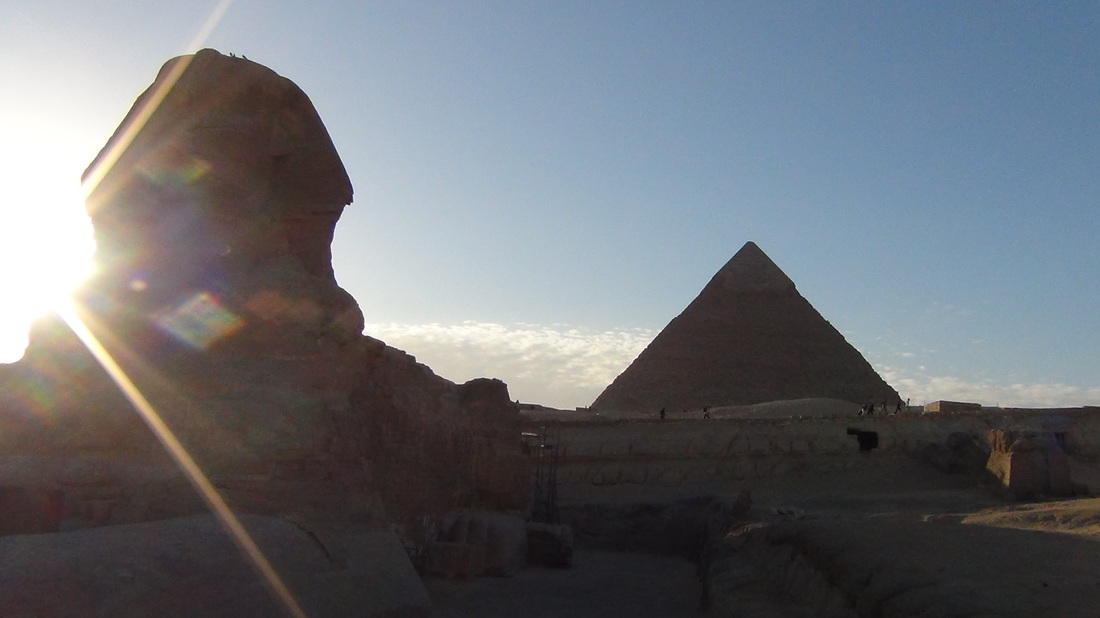
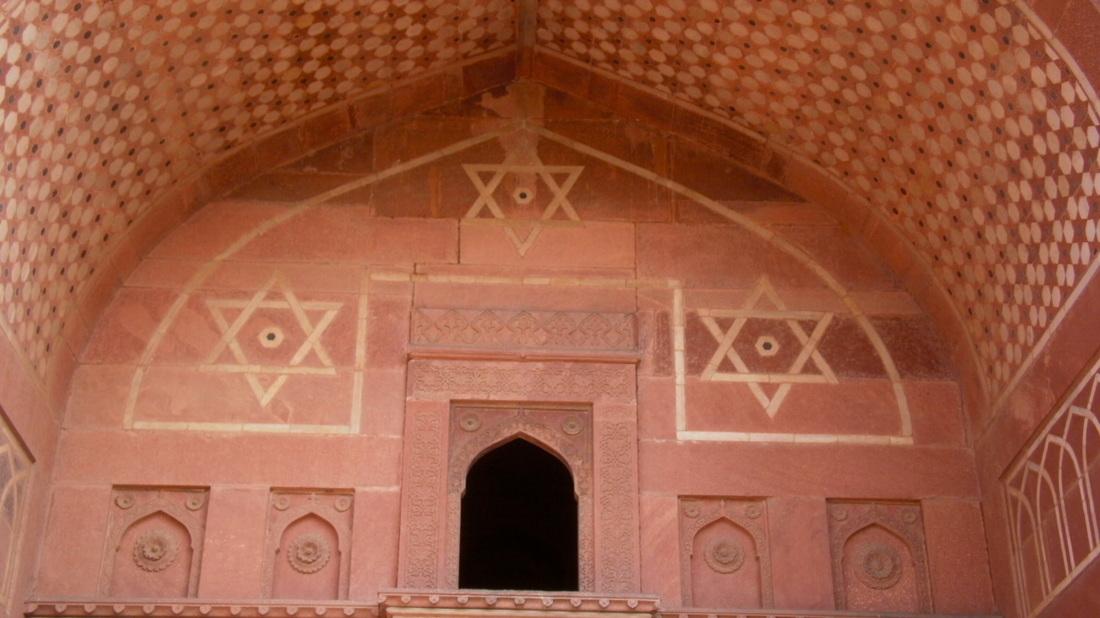
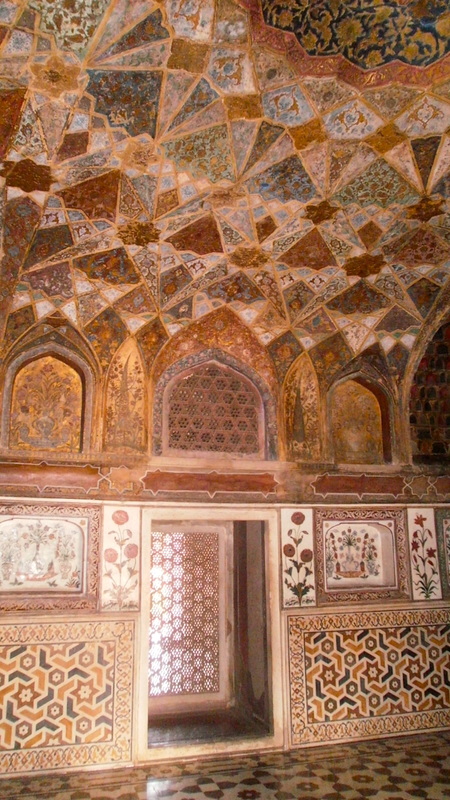
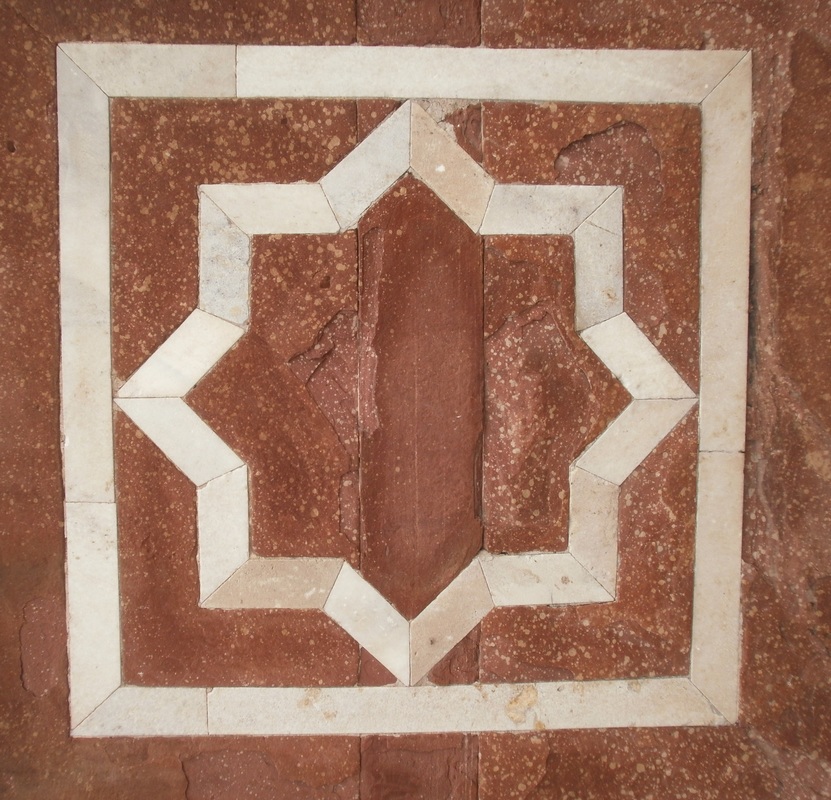
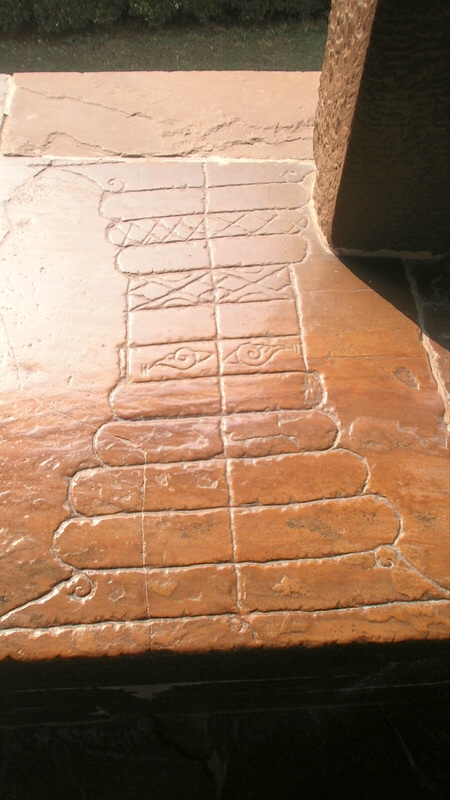
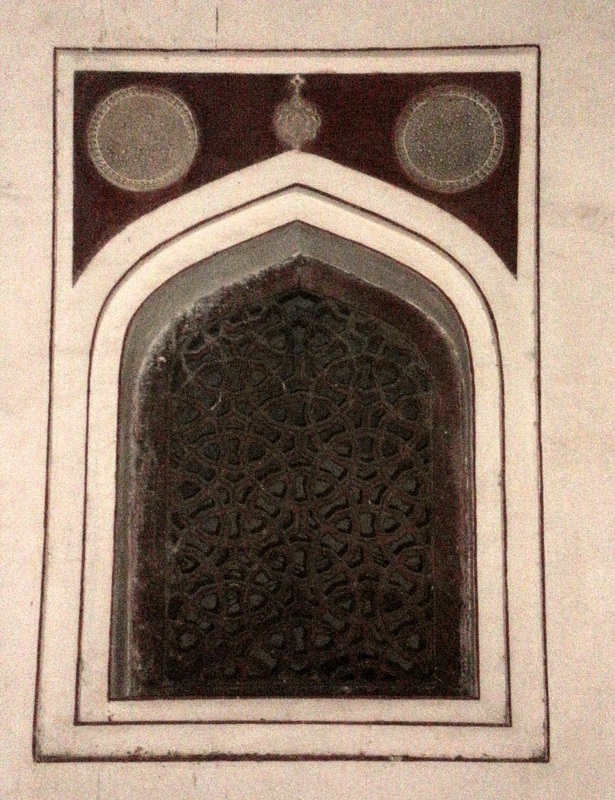
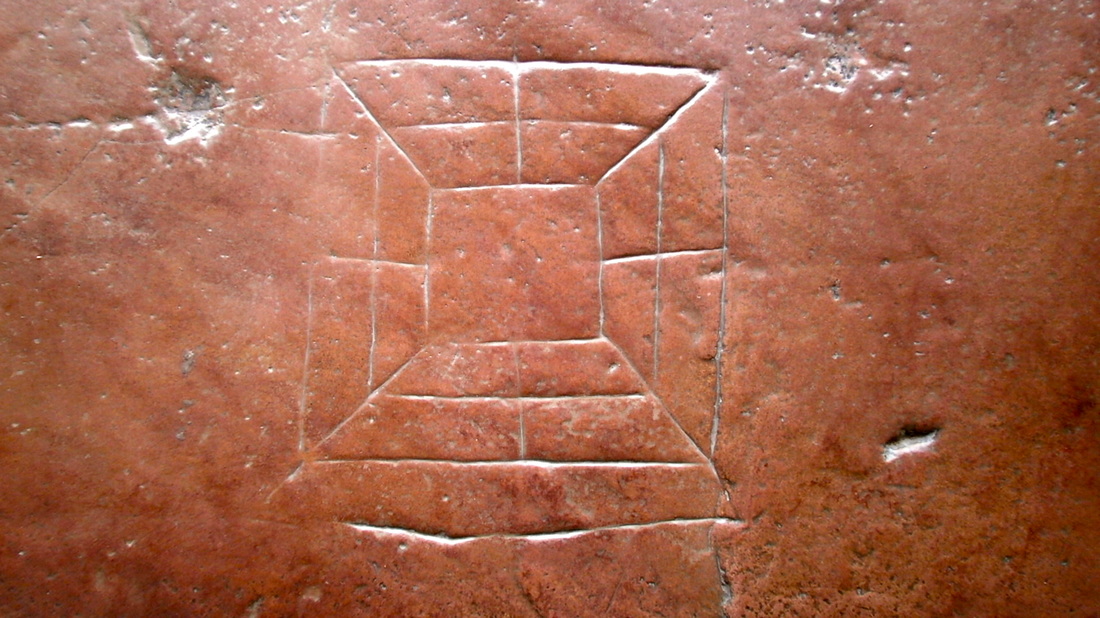
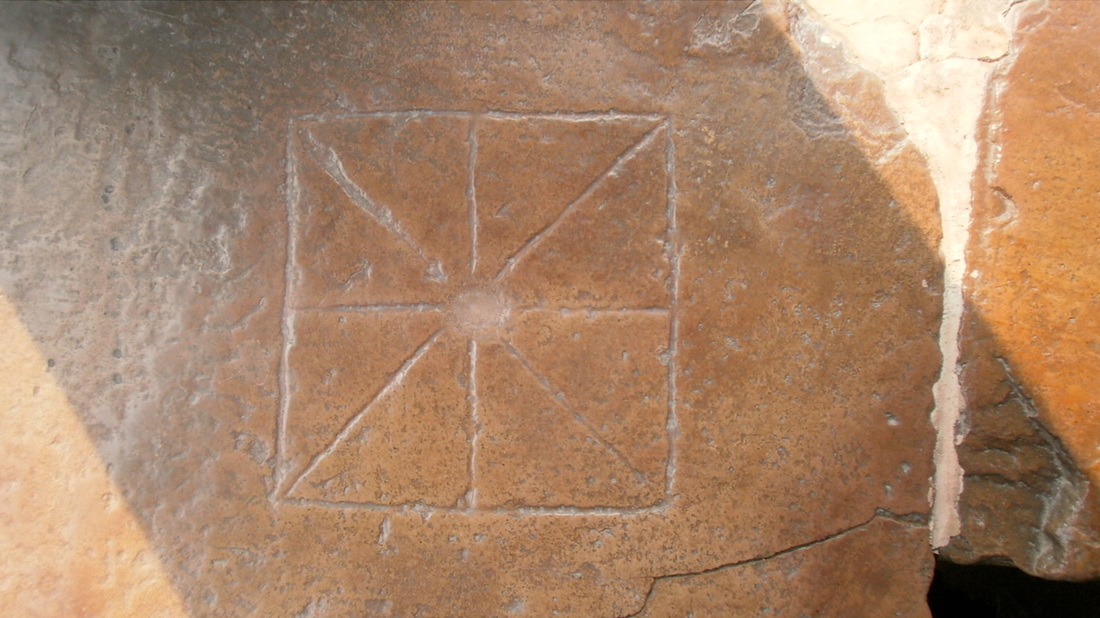
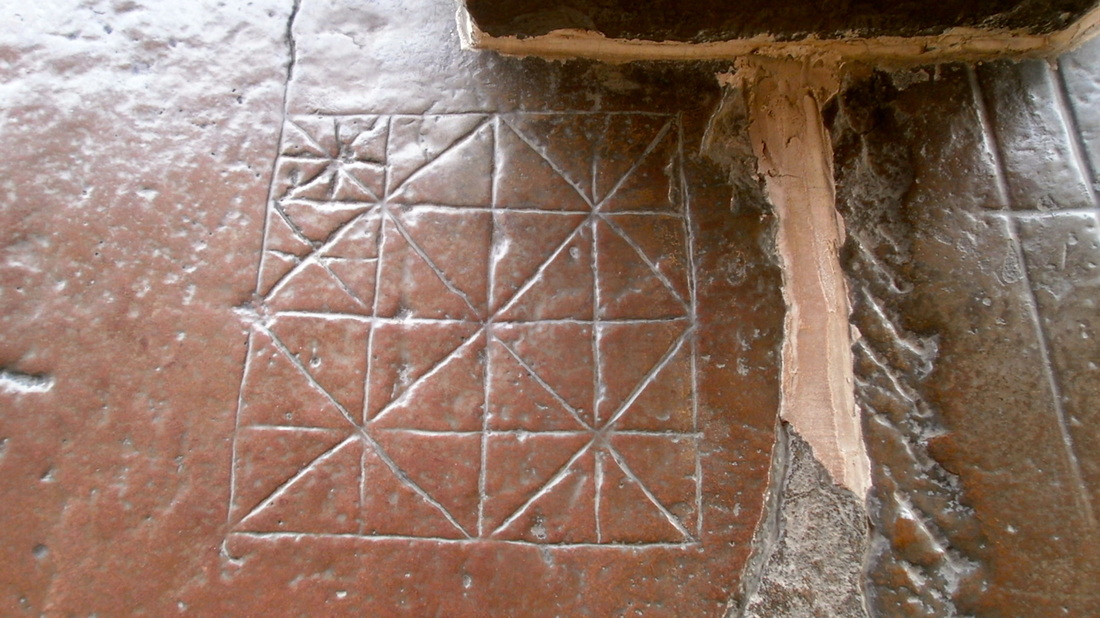
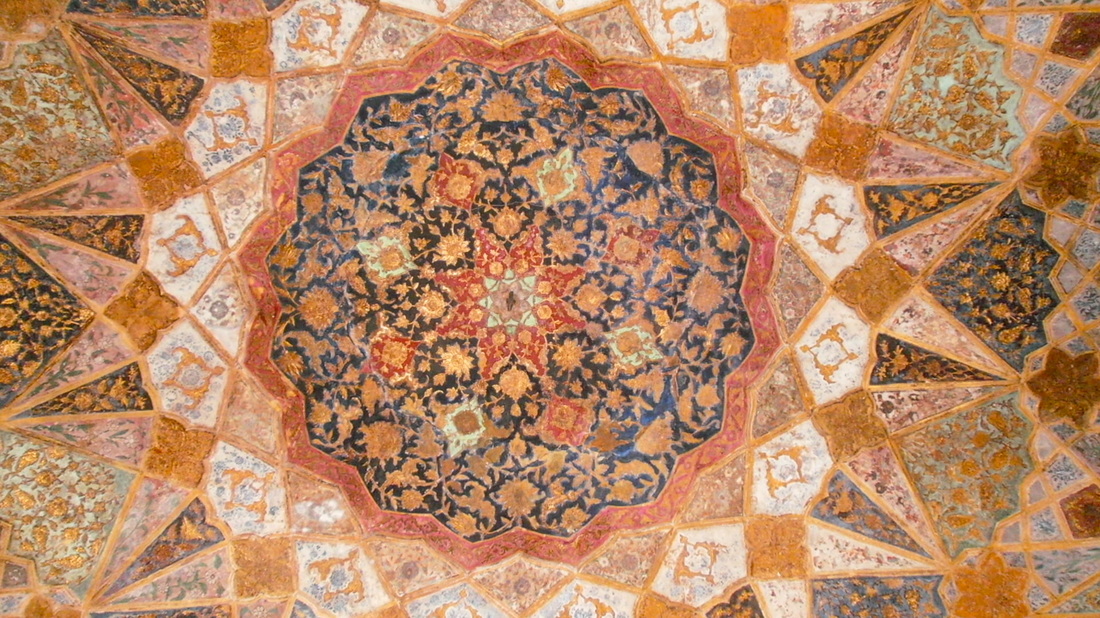
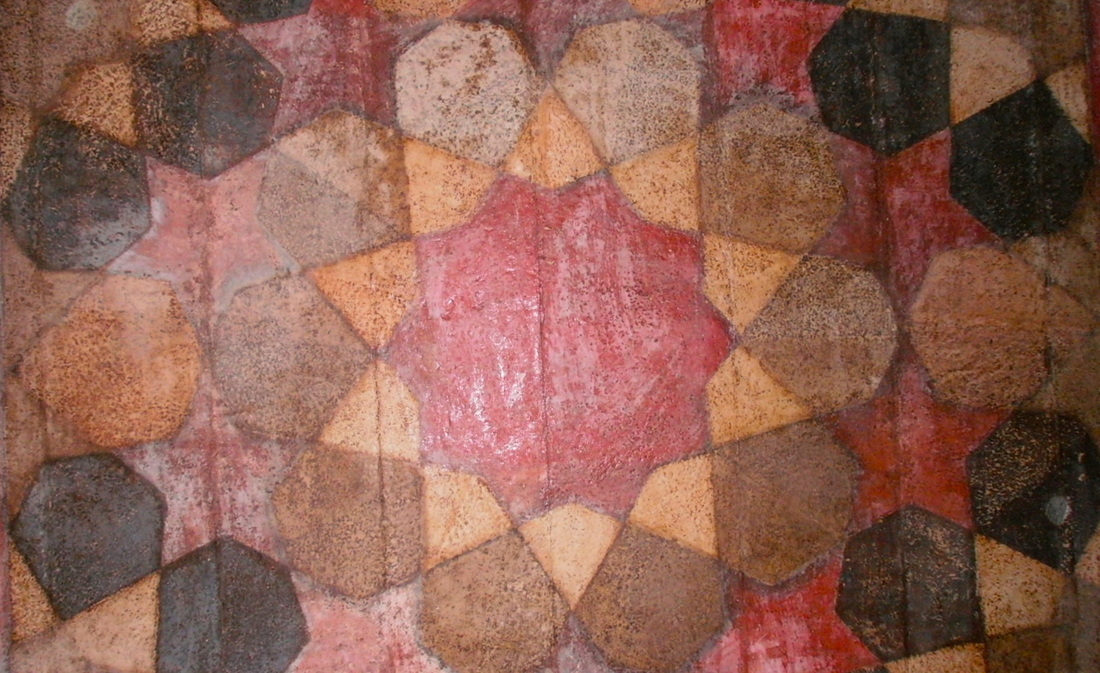
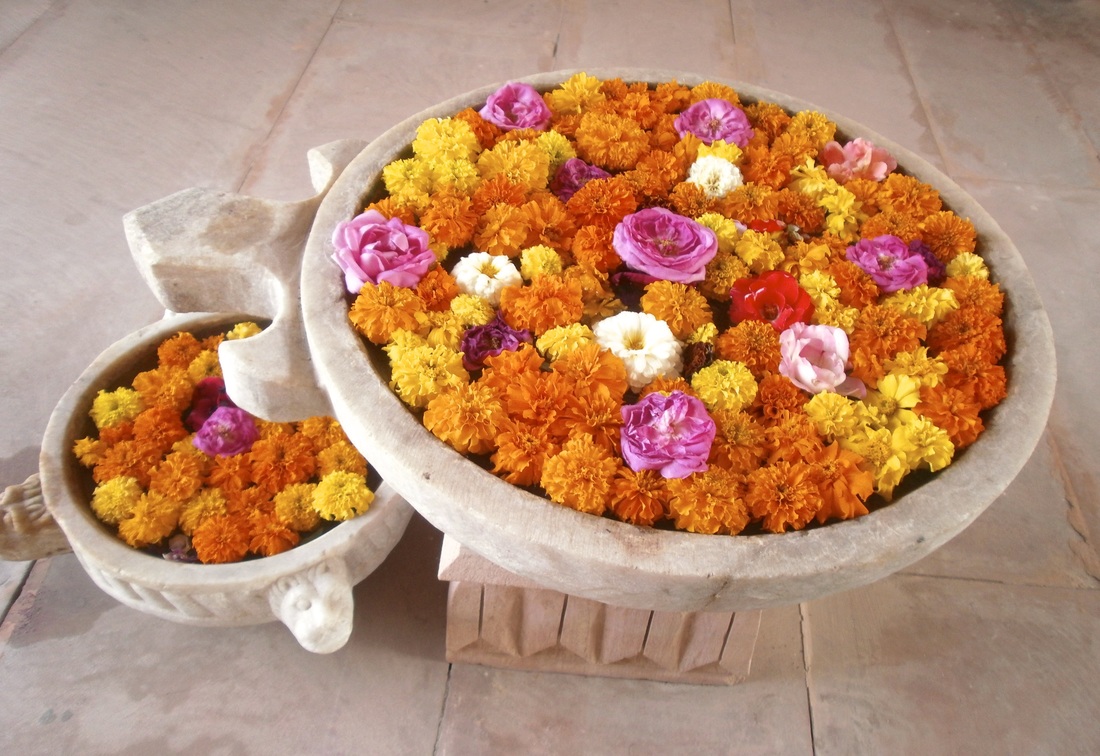
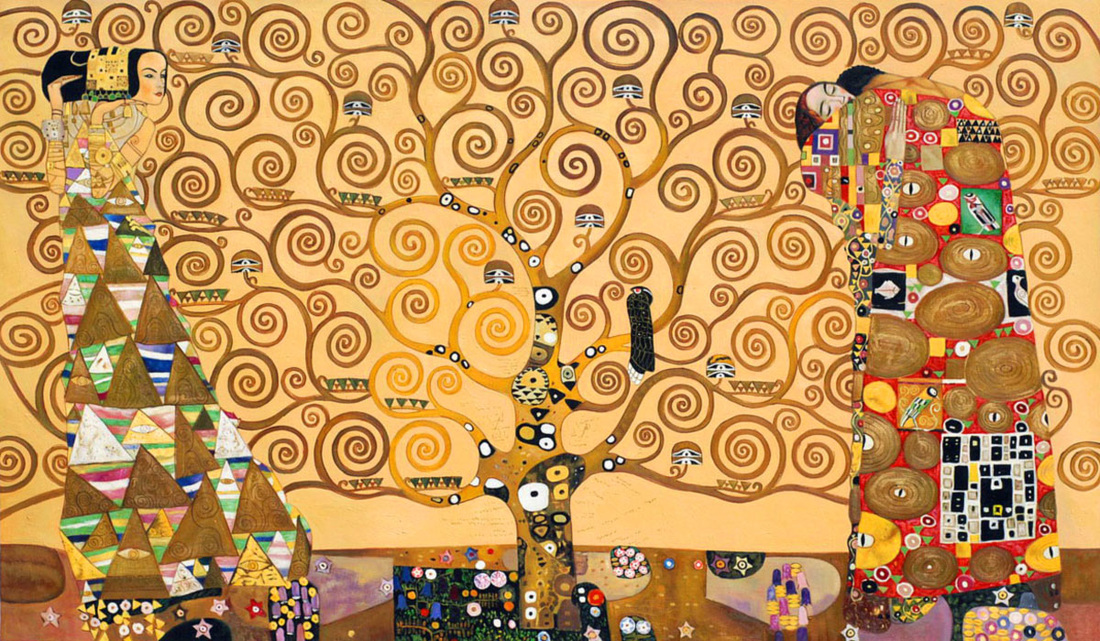
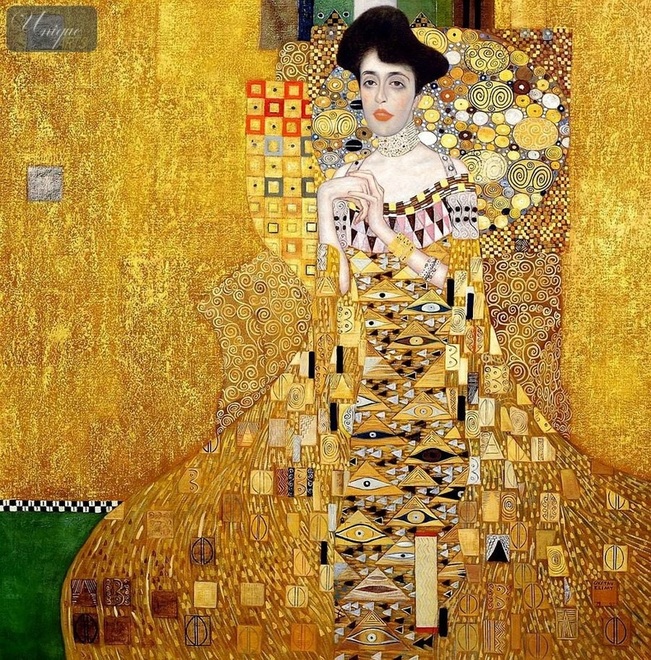
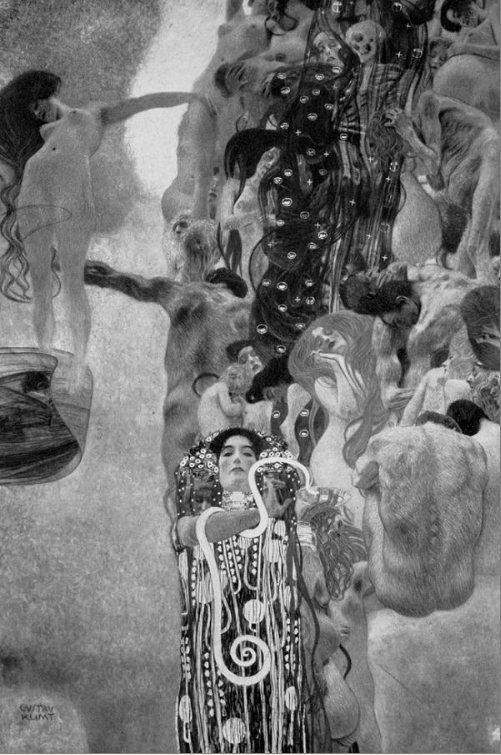
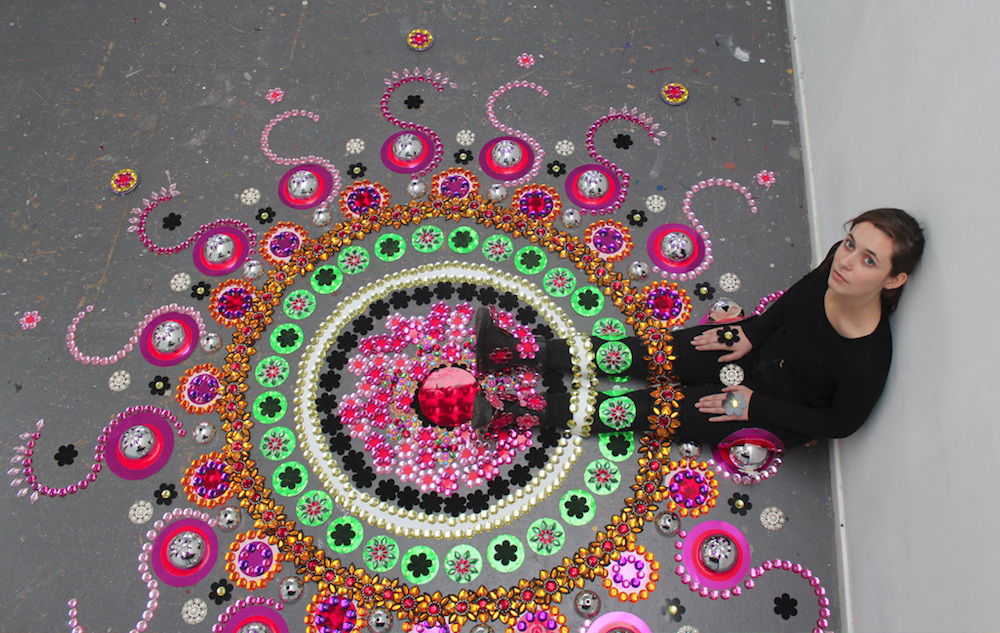
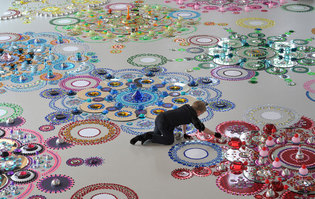
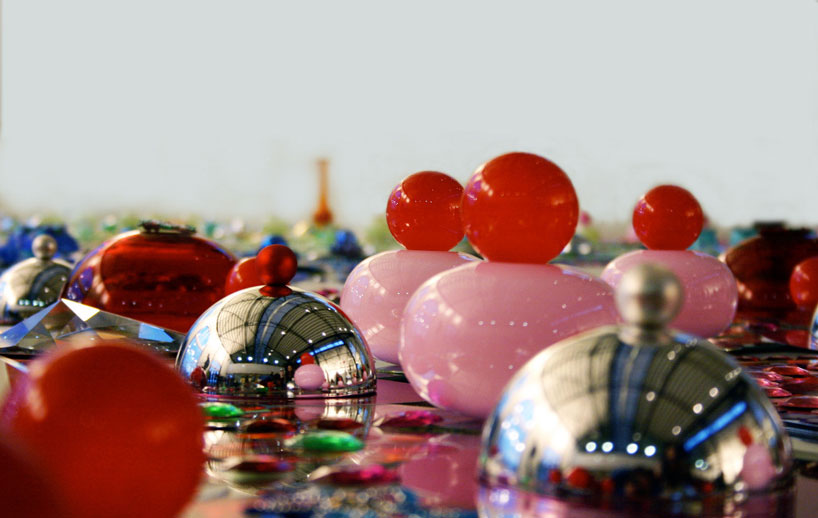
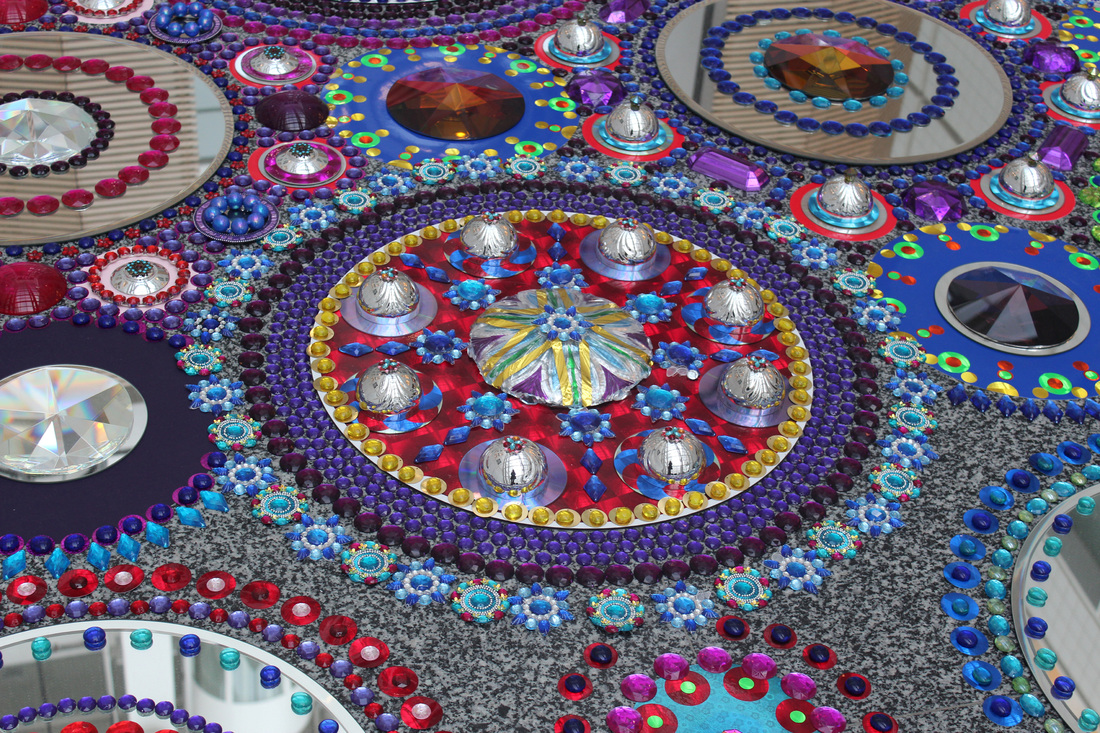
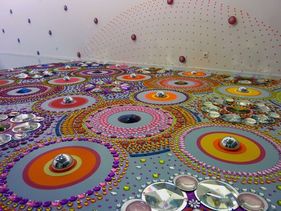
 RSS Feed
RSS Feed

